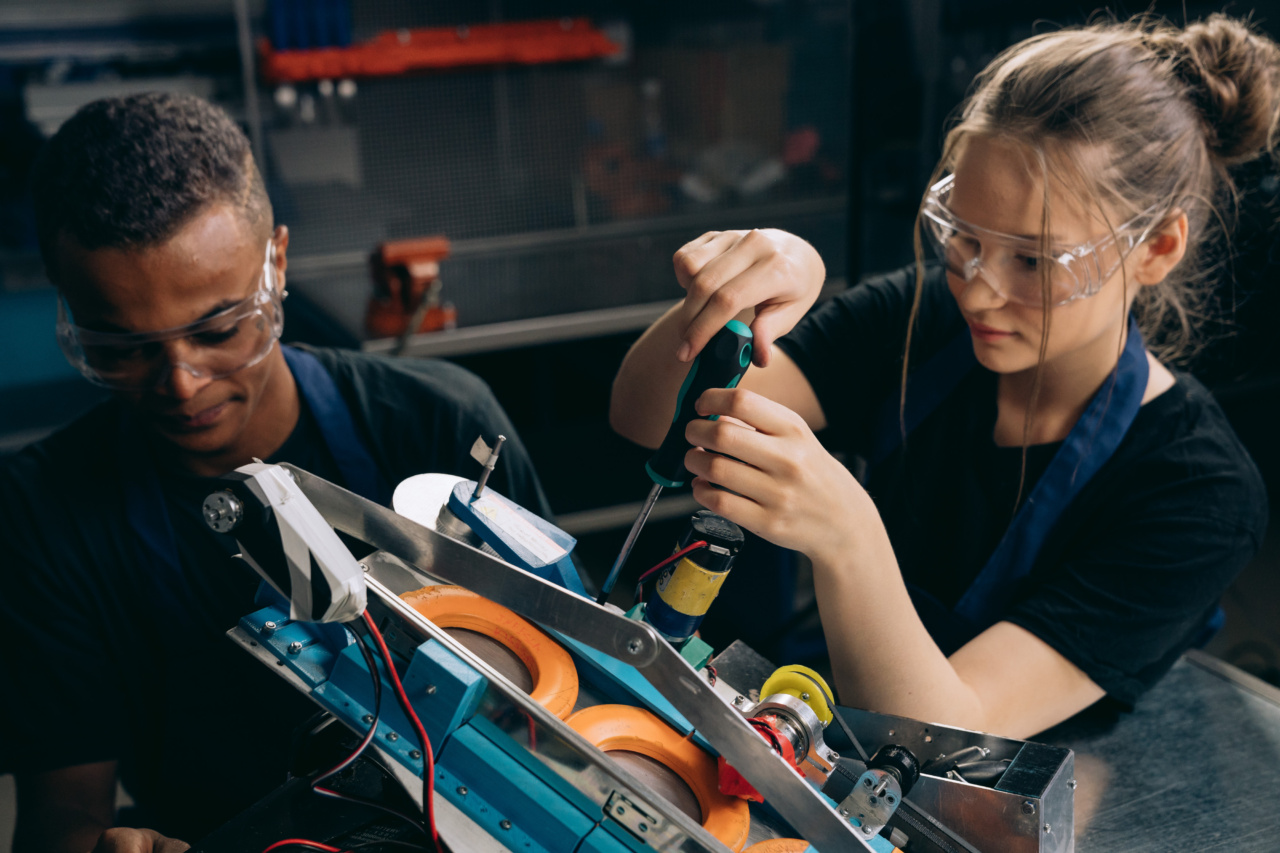For years, people with disabilities have had to struggle with a lack of accessibility options when it comes to technology. While developments have been made in recent times with the help of artificial intelligence, there is still much work to be done.
That’s why the story of a quadriplegic man, who types quicker with the assistance of AI, is so inspiring and potentially game-changing.
The man and his condition
The man in question is called Nathan Copeland and he was left quadriplegic after a car accident a few years ago.
He is paralyzed from the chest down and has extremely limited movement in his arms and hands, making most things we take for granted nearly impossible. This included typing until recently.
The breakthrough with AI
Copeland began working with researchers at the University of Pittsburgh and in a historic moment for the use of artificial intelligence, he was able to control a robotic arm through the use of a chip implanted in his brain.
This breakthrough has huge implications for those with disabilities and could pave the way for greater use of AI in medicine.
The process of typing
Earlier attempts using AI at typing through mind control had shown promise, but Copeland’s case was the one where they finally got it right.
Sitting in front of a computer, he uses his thoughts to communicate with the implanted chip controller, which then sends signals to the robotic arm that in turn presses the keys to type out words on the keyboard. It’s a complex and sensitive process, but with practice and time, Copeland has managed to become skilled at it. He can now type over ten words a minute, a remarkable achievement given his condition.
The importance of this breakthrough
The implications of this breakthrough cannot be overstated. Copeland’s success shows that technology can be used to help those with disabilities to achieve things that would have previously been impossible.
His breakthrough will inspire hope to millions of people worldwide, who suffer from similar disabilities that make life challenging. Artificial intelligence is likely to become an increasingly important part of modern healthcare, with the potential for life-changing advances that will improve the quality of life for people all over the world.
Possible future of AI and medicine
Artificial intelligence has shown promise in many areas of medical research, and the developments with Copeland’s case are just the beginning.
Some of the potential areas where AI could be used include diagnostics, drug discovery, and precision medicine. It is likely that AI will become standard practice in many medical fields, providing faster and more accurate results than is currently possible.
Doctors will be able to access large amounts of data instantaneously, leading to a greater understanding of many diseases and potential for better outcomes for patients.
Main obstacles to the adoption of AI in healthcare
Despite the potential benefits of AI in healthcare, there are still significant obstacles to its adoption. One of the main issues is the cost of development and implementation.
The technology required to create these AI systems can be incredibly expensive, making it difficult for healthcare providers to invest in them. The medical industry is also notoriously conservative, with many institutions reluctant to embrace change, particularly when it comes to something as potentially disruptive as AI.
Finally, there are concerns around data privacy and cybersecurity, with increasing amounts of personal medical data being stored online.
Positive advances
Despite the obstacles, there are positive advances being made in AI and healthcare. Companies like IBM are investing heavily in developing AI tools, such as Watson Health, which is designed to support clinical decision-making.
Meanwhile, startups are emerging that are developing AI algorithms for use in drug discovery and diagnostics. These advances, although small, are crucial in laying the groundwork for fuller and more widespread adoption of AI in healthcare.
Increased accessibility for people with disabilities
Developments such as the one with Nathan Copeland have the ability to change the way we think about disabilities and accessibility in technology.
By harnessing the power of AI to overcome physical limitations, we can create more accessible and inclusive technology that can improve the lives of people with disabilities. Technologies like Copeland’s robotic arm could make a real difference in the world of work for those with disabilities and create more opportunities for them.
With continued investment and innovation in AI, we could see people with disabilities achieving a whole lot more in the years to come.
Conclusion
The case of Nathan Copeland is a remarkable example of how AI can be used to overcome physical limitations that would have previously been impossible.
Advances in AI and medicine have the potential to revolutionize the healthcare industry and make lives better for millions of people worldwide. While significant obstacles remain in terms of cost and institutional resistance to change, there are positive signs of progress, and with continued investment and innovation, we could see a future where AI and medicine are inextricably linked.





























